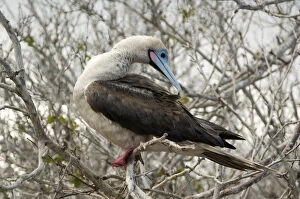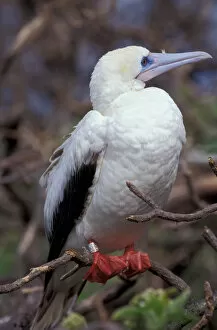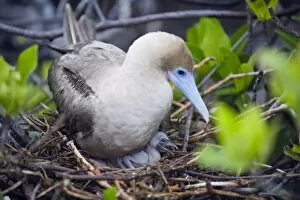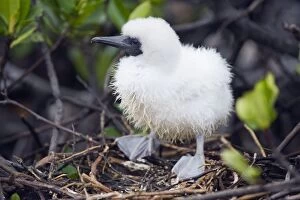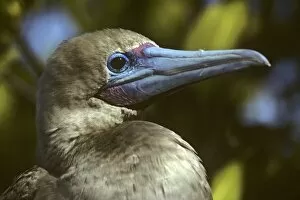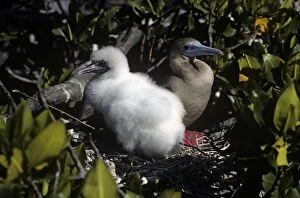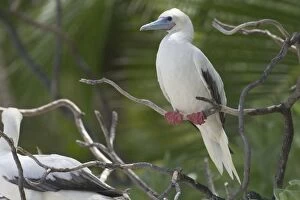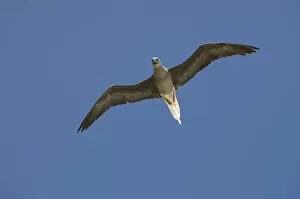Red Footed Booby Collection (#2)
The vibrant and captivating Red-footed Booby, native to the South Atlantic and the Galapagos Islands in Ecuador, is a sight to behold
For sale as Licensed Images
Choose your image, Select your licence and Download the media
The vibrant and captivating Red-footed Booby, native to the South Atlantic and the Galapagos Islands in Ecuador, is a sight to behold. With its distinctive blue- and red-colored feet, this bird species stands out among its feathered counterparts. On Genovesa Island, one can witness the enchanting scene of two Red-footed Boobies perched gracefully on branches. Against the backdrop of Isla Genovesa, a UNESCO World Heritage Site known for its rich biodiversity, these birds showcase their elegance. In another breathtaking moment captured on camera, a Red-footed Booby finds solace on a Palo Santo tree while surrounded by blooming Yellow Cordia flowers. This image perfectly encapsulates the beauty of nature found in the Galapagos Islands. Nesting habits are an integral part of these booby's lives. An adult Red-footed Booby diligently tends to its chick at their nest on Genovesa Island. The bond between parent and offspring is evident as they share precious moments together. Taking flight with wings outstretched against the picturesque landscape of Genovesa Island showcases the gracefulness and agility possessed by these magnificent creatures. Observing pairs of Red-footed Boobies looking at each other affectionately while nestled in their nests highlights their strong sense of companionship during breeding season. These nests often contain precious eggs awaiting new life. Witnessing these birds building their nests high up in trees adds another layer to our understanding of their dedication as parents. Darwin Bay becomes home to countless nesting sites where love takes shape through construction efforts. The brown morph variation seen among some individuals adds diversity to this already fascinating species found exclusively on Genovesa Island within the Galapagos archipelago. Perching atop trees or rocks allows them to survey their surroundings with ease while showcasing their striking appearance against natural backdrops that only Mother Nature could create.


